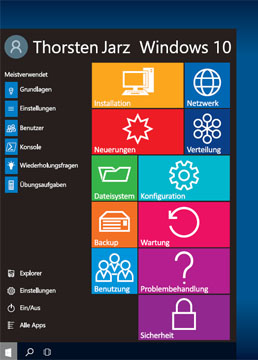Surface devices that run Windows 10, version 1607 (also known as Windows 10 Anniversary Update) or later and use a Surface Ethernet adapter to connect to a wired network, are capable of Wake On LAN (WOL) from Connected Standby. With WOL, you can remotely wake up devices to perform management or maintenance tasks or enable management solutions (such as Microsoft Endpoint Configuration Manager) automatically. For example, you can deploy applications to Surface devices left docked with a Surface Dock or Surface Pro 3 Docking Station by using Microsoft Endpoint Configuration Manager during a window in the middle of the night, when the office is empty.
Source: Microsoft Docs
WOL driver
To enable WOL support on Surface devices, a specific driver for the Surface Ethernet adapter is required. This driver is not included in the standard driver and firmware pack for Surface devices – you must download and install it separately. You can download the Surface WOL driver (SurfaceWOL.msi) from the Surface Tools for IT page in the Microsoft Download Center.
You can run this Microsoft Windows Installer (.msi) file on a Surface device to install the Surface WOL driver, or you can distribute it to Surface devices with an application deployment solution, such as Microsoft Endpoint Configuration Manager. To include the Surface WOL driver during deployment, you can install the .msi file as an application during the deployment process. You can also extract the Surface WOL driver files to include them in the deployment process. For example, you can include them in your Microsoft Deployment Toolkit (MDT) deployment share. You can read more about Surface deployment with MDT in Deploy Windows 10 to Surface devices with Microsoft Deployment Toolkit.
To extract the contents of SurfaceWOL.msi, use the MSIExec administrative installation option (/a), as shown in the following example, to extract the contents to the C:\WOL\ folder:
msiexec /a surfacewol.msi targetdir=C:\WOL /qn




